
Organoids provide an ethical, reliable alternative for precision testing and efficacy evaluation. Aligned with the FDA’s New Approach Methodologies (NAMs), they offer key insights into disease modeling and therapeutic responses, accelerating safer, more effective treatments. At Lambda Biologics, organoids are the foundation of our cutting-edge research.
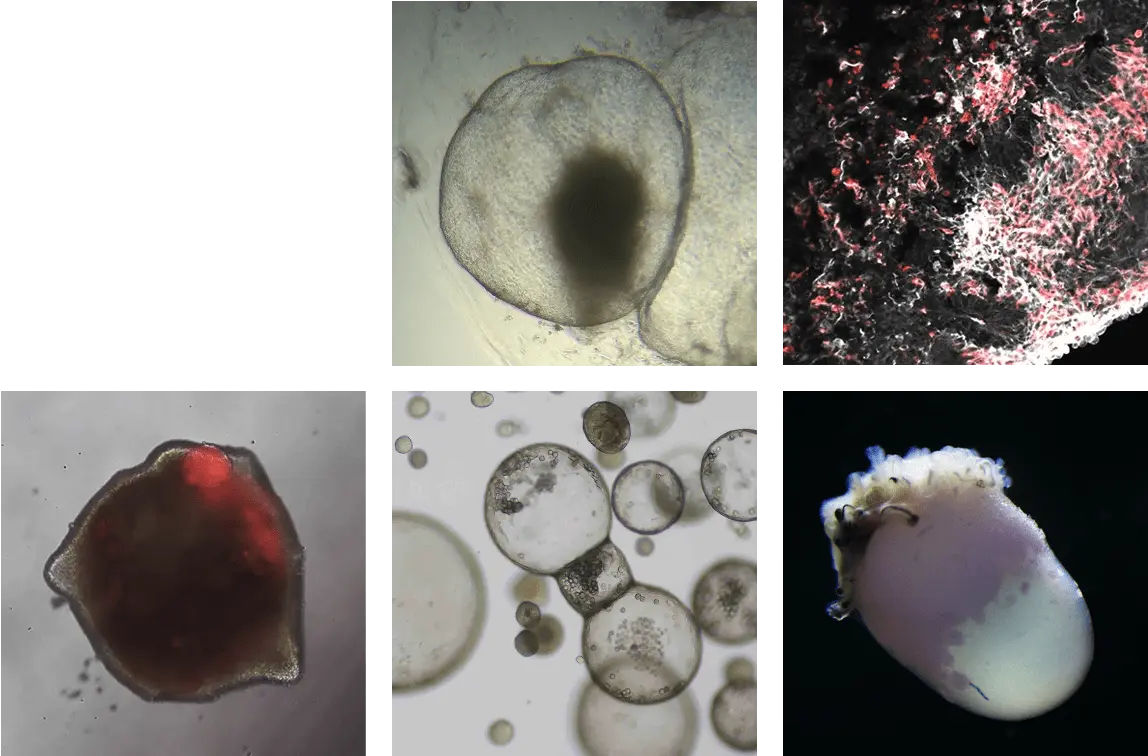
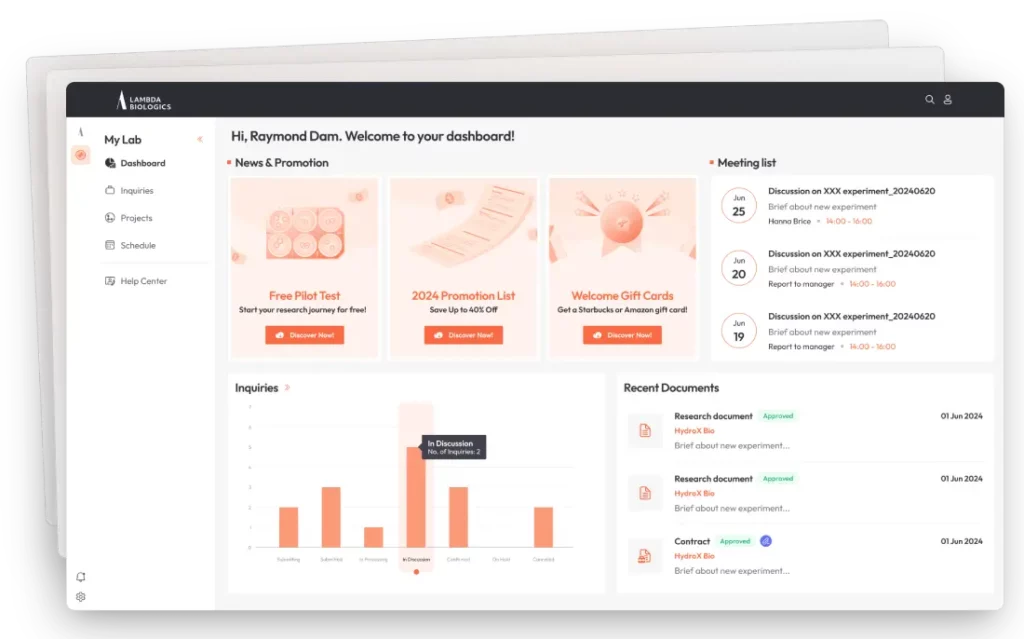


As a company specialized in organoids, we provide high-quality, customized solutions and support a differentiated one-stop service from production to delivery and post-management.
hCRC organoids exhibit a three-dimensional structure and cellular composition similar to colorectal cancer tissue.
They express proteins such as CK7, CK20, b-catenin, and CDX2, mirroring the characteristics of colorectal cancer tissue.
These organoids are highly valuable for analyzing genetic mutations in colorectal cancer and evaluating the efficacy of different chemotherapy treatments.
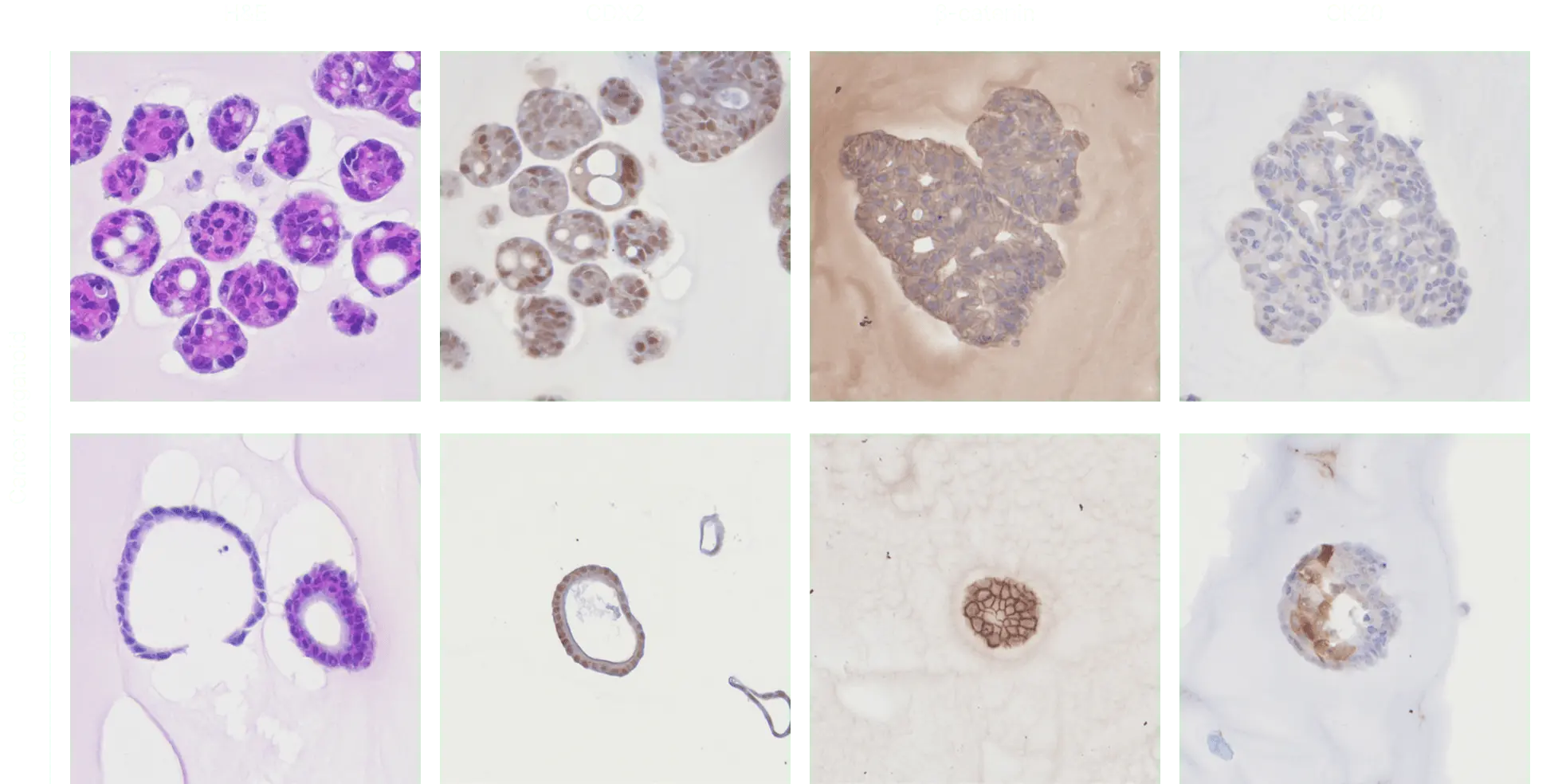
Diverse Cell Composition
Gastric organoids are composed of various gastric cell types, such as chief cells, parietal cells, and mucous cells, which replicate the complexity of the stomach environment.
This makes them highly useful for drug testing and studying stomach-related diseases.
Disease Modeling
They are well-suited for investigating the pathological mechanisms of gastric diseases, such as gastritis, gastric cancer, and Helicobacter pylori infections.
Personalized Research
When derived from patient-specific cells, gastric organoids enable personalized disease studies and drug response testing
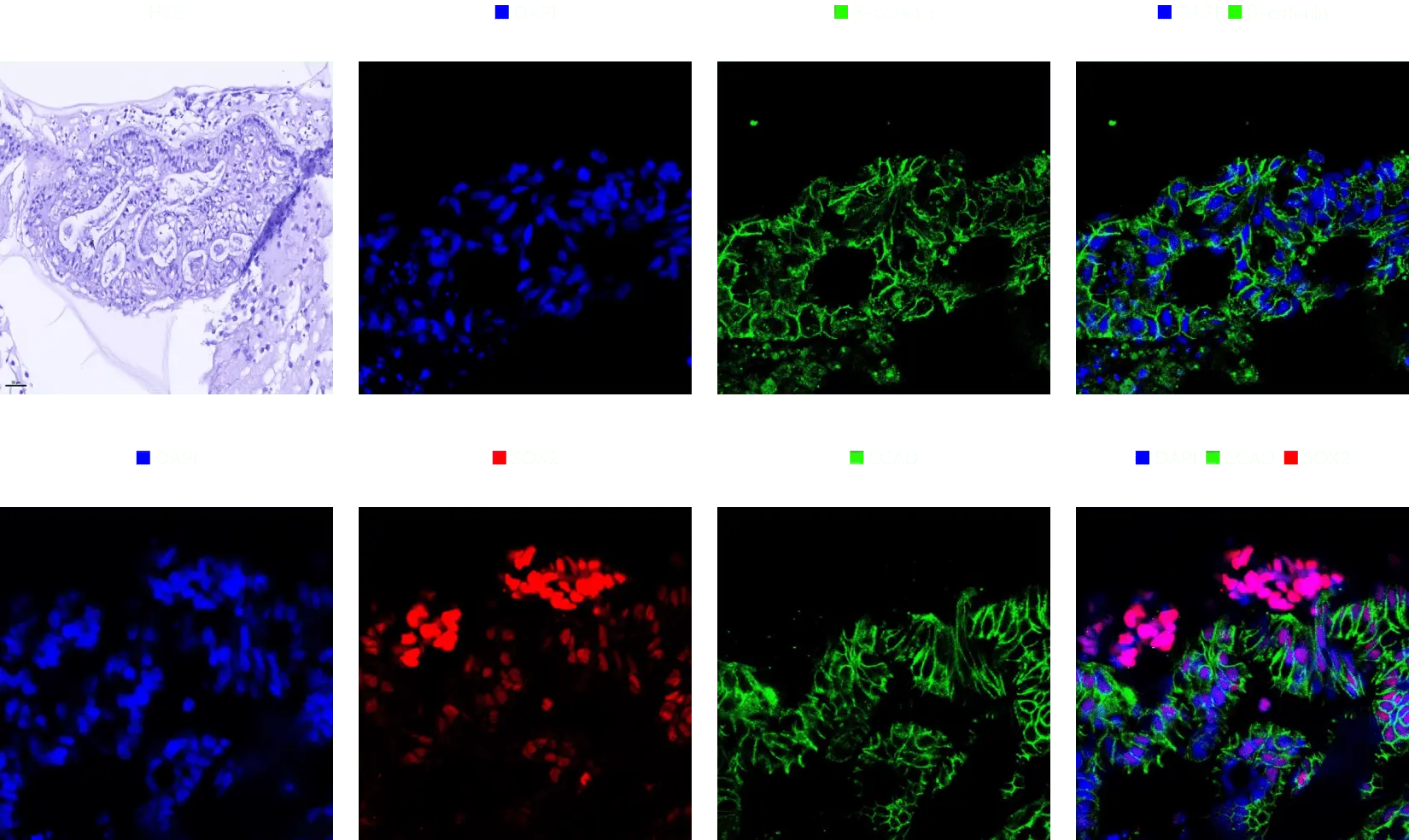
Skin & Hair organoids replicate the complex structure of hair follicles, allowing detailed studies of hair growth and regeneration.
Replicate hair follicle structure for studying growth, regeneration.
They enable modeling of hair disorders such as alopecia, providing insights into disease mechanisms and potential therapeutic strategies.
Model alopecia, explore disease mechanisms, therapeutic strategies.
Skin & hair organoids serve as effective models for testing the efficacy and safety of hair growth-promoting drugs and treatments.
Test skin& hair growth drugs’ efficacy, safety effectively in models.
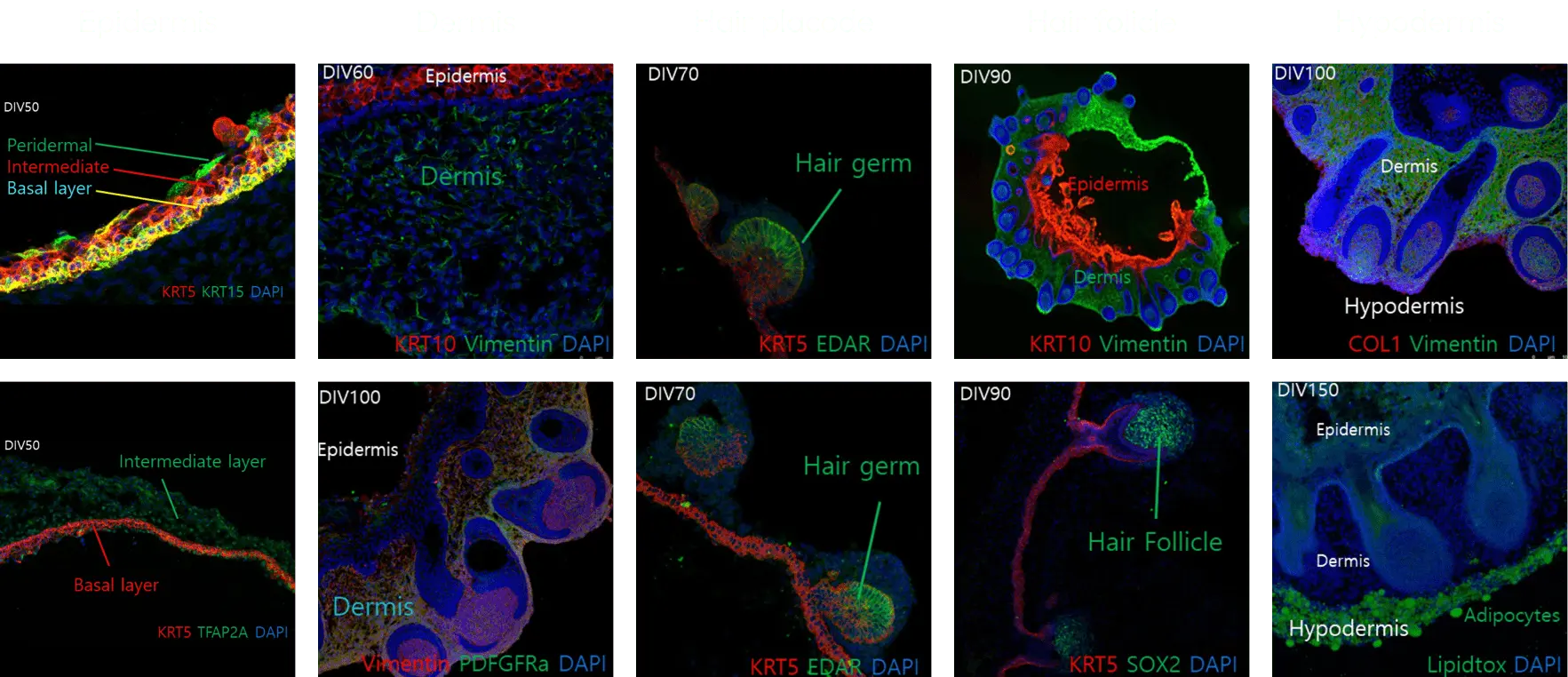
Liver organoids replicate the intricate cellular composition of the human liver, facilitating detailed studies on liver biology and function.
Replicate human liver for detailed studies on biology and function.
They enable modeling of liver diseases such as hepatitis and liver fibrosis, aiding in the understanding of disease mechanisms and potential therapies.
Model hepatitis, fibrosis, aid disease understanding, therapy development.
Liver organoids mimic human liver metabolism, making them valuable for studying drug metabolism, toxicity, and personalized medicine approaches.
Mimic human liver metabolism, study drug toxicity, personalized medicine.
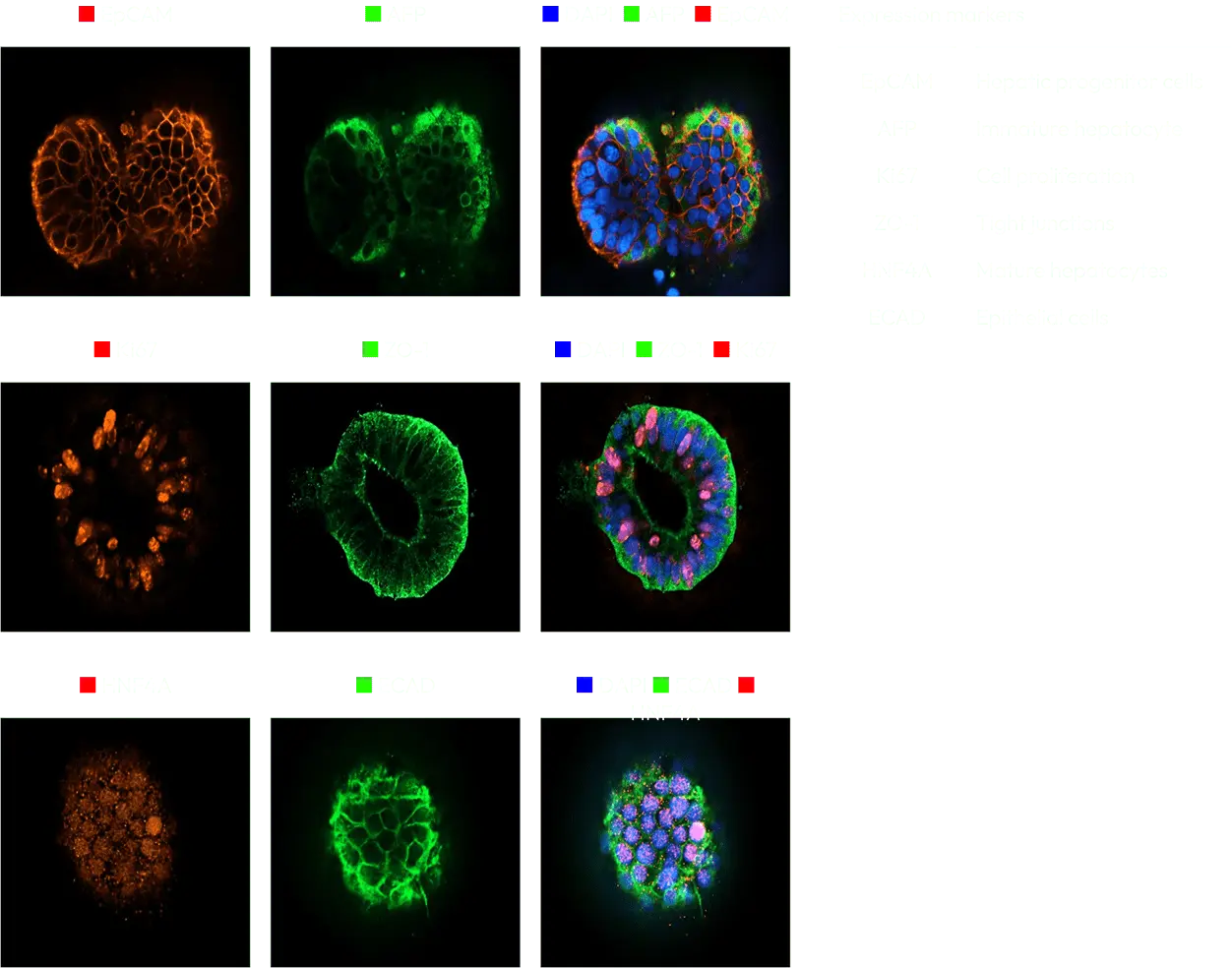
Lung cancer (NSCLC, Non-small cell lung cancer) organoids are three-dimensional (3D) models that closely replicate the structure and cellular composition of actual cancer tissue.
By preserving key characteristics of NSCLC, including genetic mutations and protein expression patterns, these organoids serve as reliable models for cancer research.
Their ability to maintain tumor heterogeneity and accurately mimic the tumor microenvironment (TME) makes them invaluable for studying disease progression and treatment responses.
As physiologically relevant models, NSCLC organoids play a crucial role in advancing precision medicine and facilitating the development of more effective cancer therapies.
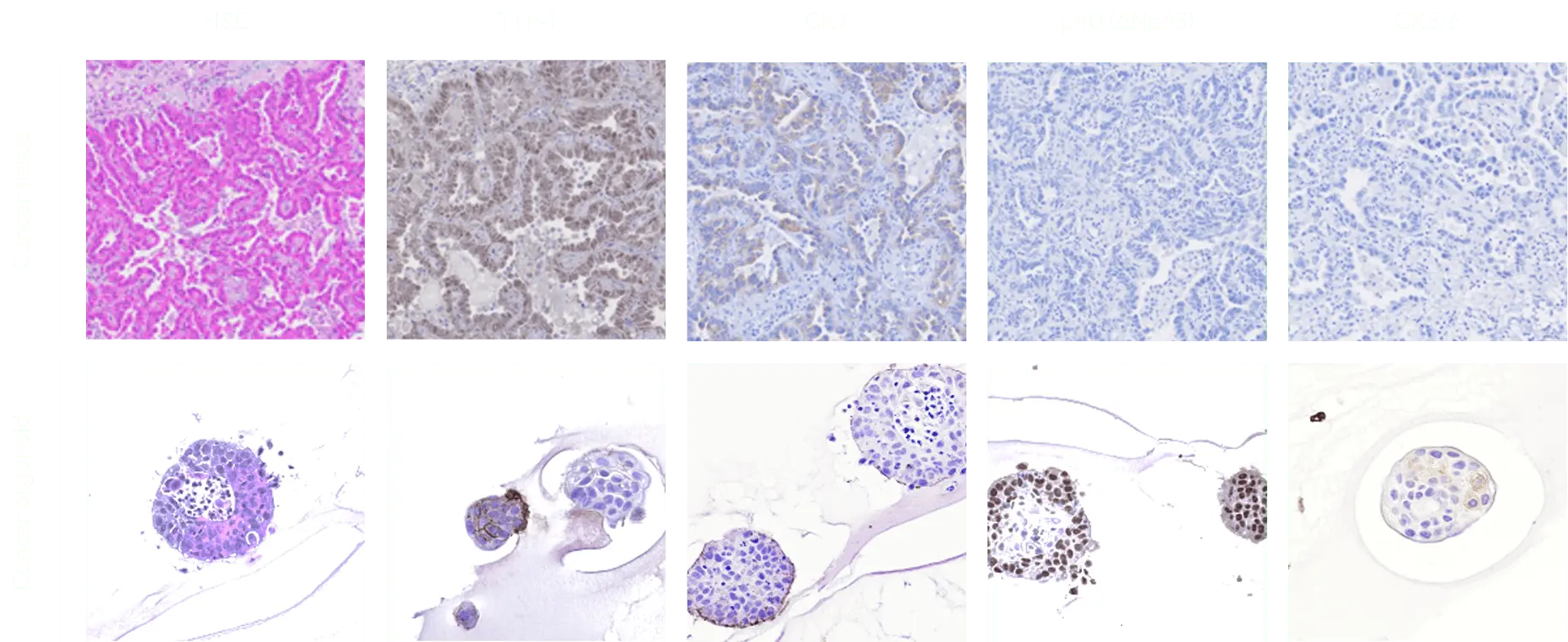
Enhanced Tumor Mimicry ▶ Integrate CAFs with organoids to recreate the tumor microenvironment accurately, providing a realistic platform for oncology research.
Improved Drug Response Insight ▶ By simulating the complex interactions within the tumor microenvironment, our CAF-enhanced organoids offer deeper insights into drug efficacy and resistance mechanisms.
Accelerated Cancer Research ▶ Leverage the dynamic interaction between CAFs and tumor cells in our organoids to speed up the discovery of novel therapeutic targets and improve treatment strategies.
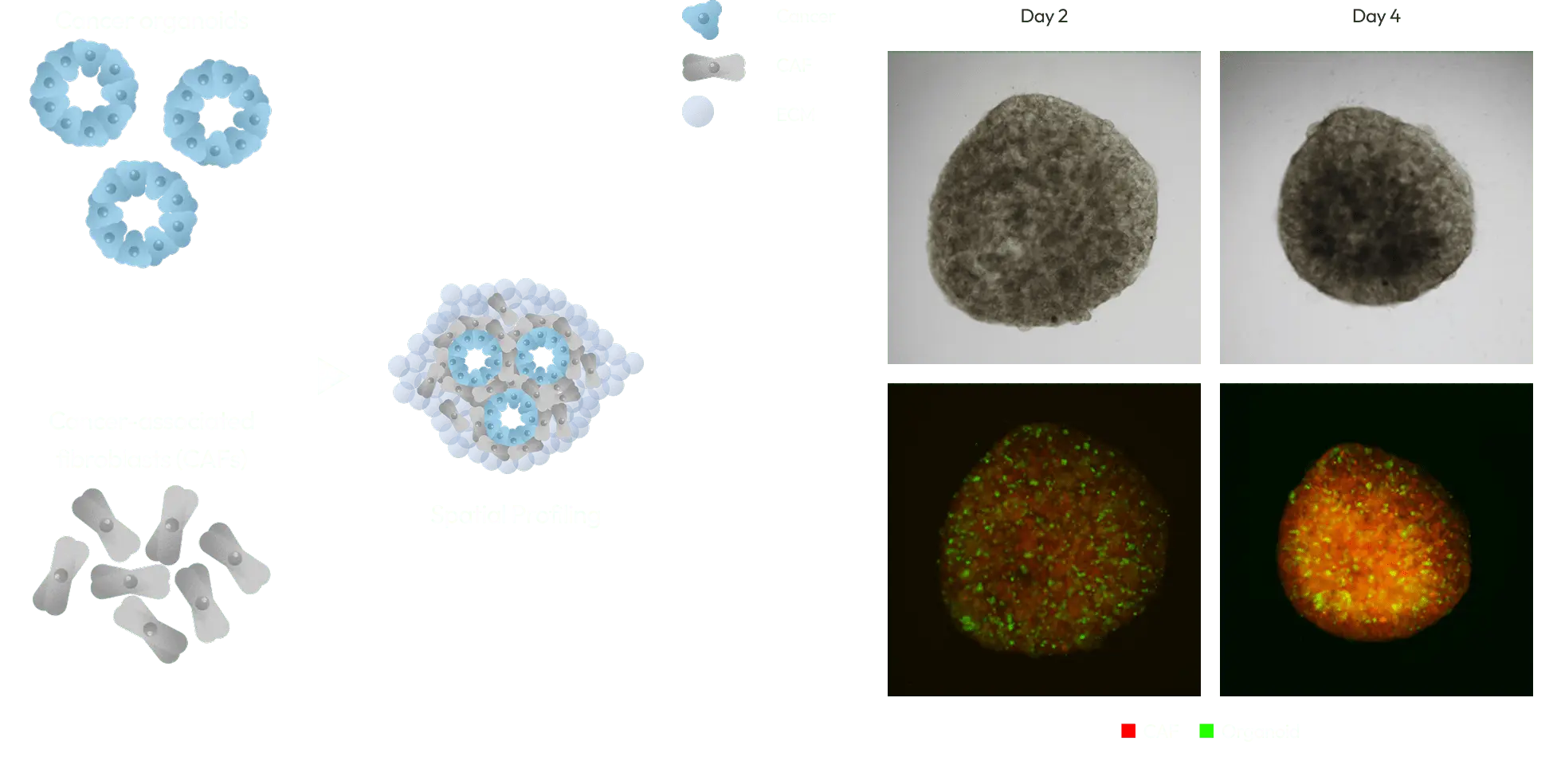
A co-culturing platform of macrophages and organoids demonstrates varying organoid cytotoxic effects depending on the ratio of M1 macrophages to M2 macrophages.
Optimal cell death effects are established by co-culturing different ratios of functionally diverse immune cells.
This enables the identification of optimal conditions for co-culturing various immune cells, facilitating the selection of an appropriate platform for drug testing.
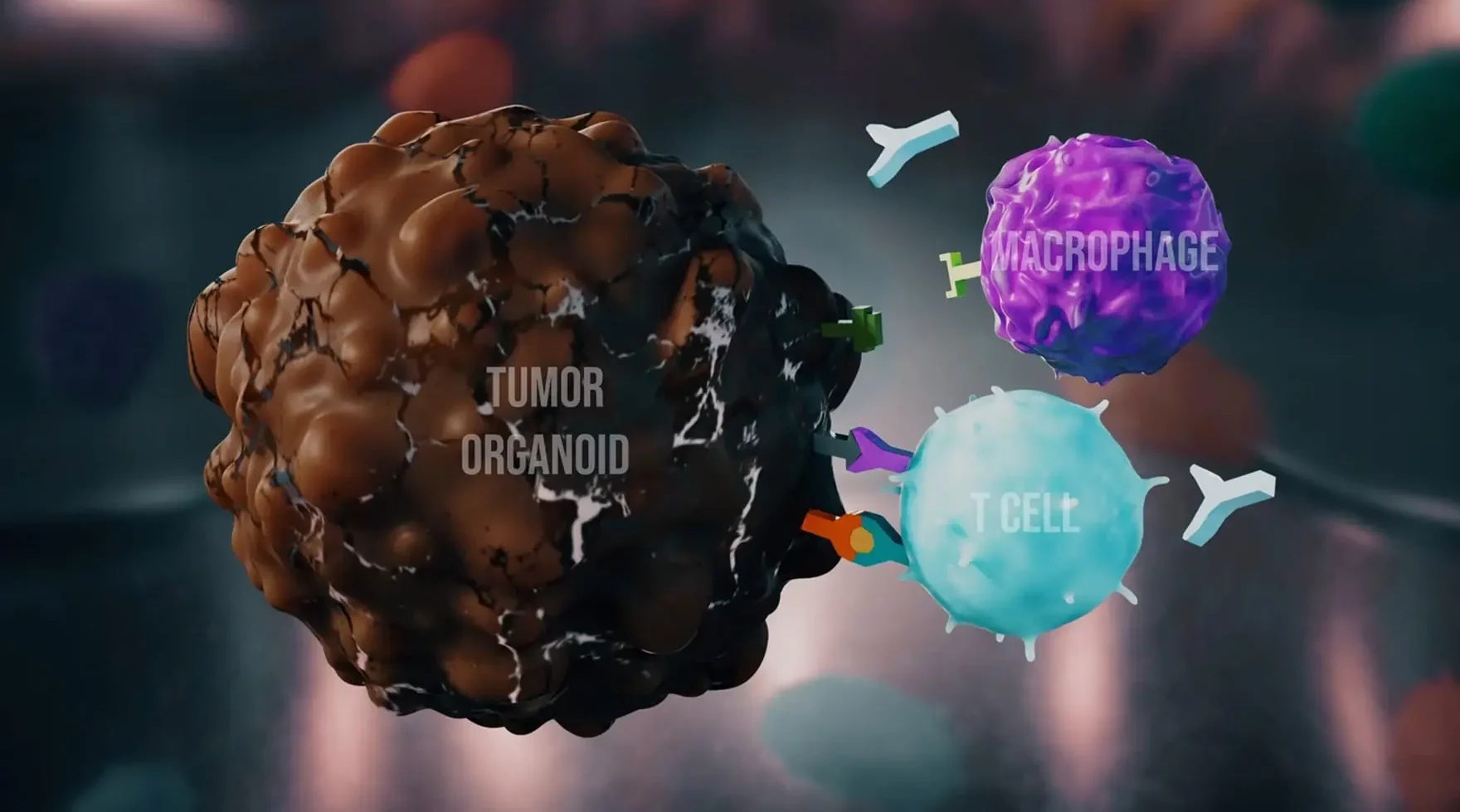
Tumor-Infiltrating Lymphocytes (TILs) are predominantly found in the microenvironment of tumors, including various types of lymphocytes that have infiltrated in and around tumor tissues.
Among them, CD8+ cytotoxic T cells and CD4+ helper T cells are major components.
Our approach involves isolating and expanding TILs from a patient’s tumor tissue, then evaluating the efficacy of anticancer agents in a tumor microenvironment containing cancer organoids and TILs.
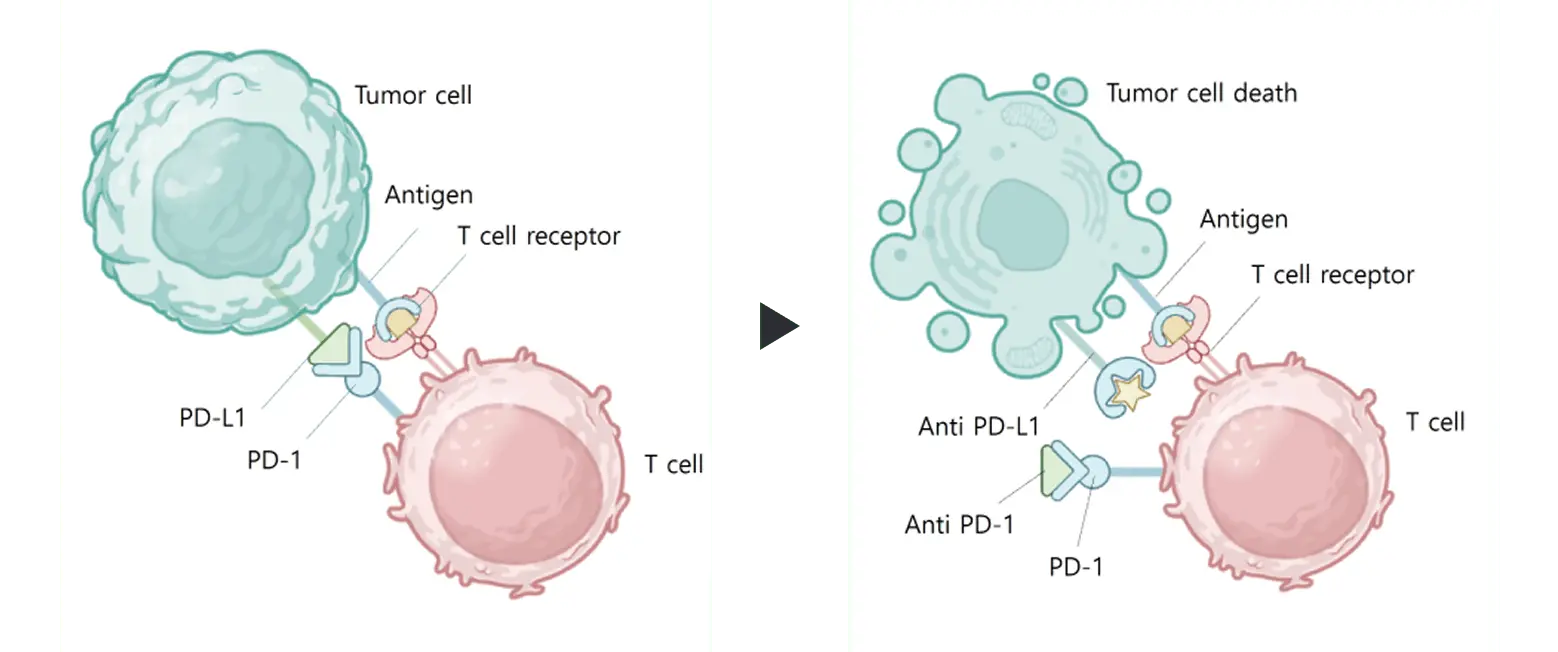
Tumor-Infiltrating Lymphocytes (TILs) are predominantly found in the microenvironment of tumors, including various types of lymphocytes that have infiltrated in and around tumor tissues.
Among them, CD8+ cytotoxic T cells and CD4+ helper T cells are major components.
Our approach involves isolating and expanding TILs from a patient’s tumor tissue, then evaluating the efficacy of anticancer agents in a tumor microenvironment containing cancer organoids and TILs.

Regulatory T cells (Treg)” play a crucial role in maintaining immune homeostasis and tolerance by suppressing immune responses.
These lymphocytes inhibit T cell proliferation and cytokine production, thus preventing autoimmune reactions.
Our method involves evaluating the efficacy of an anticancer agent by treating a mixture of tumor organoids, cytotoxic T cells (CD8+ T cells), and regulatory T cells (Tregs) with the anticancer drug or drug candidate.

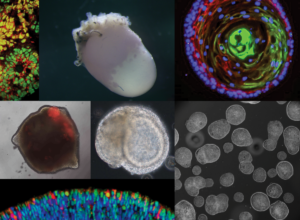
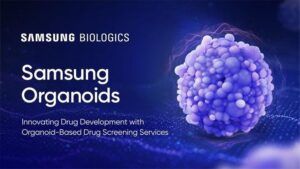
With the global rise of K-beauty, the cosmetics industry continues to grow steadily. Since the ban on animal testing for cosmetics in Korea in 2017, various alternative testing methods have been adopted. However, many of these approaches have limitations in replicating the complexity of human skin physiology. The emergence of skin organoids has provided a breakthrough, enabling more accurate and diverse efficacy evaluations, particularly in areas such as hair growth,...

Traditional microscopy methods often require fluorescent labeling to analyze cellular structures, which can be time-consuming and invasive. In contrast, our HT-X1 system allows for high-resolution visualization of cellular morphology without the need for any labeling, offering a clear advantage in live-cell imaging. To validate this capability, we conducted an organoid-based analysis using intestinal organoids. Among various organoid types, intestinal organoids are known to closely replicate the functional structure of the...

Traditional protein analysis has primarily focused on quantifying expression levels within tissue samples. However, recent advances in spatial analysis techniques have shifted attention toward evaluating not only expression levels, but also the spatial distribution, density, and proximity between proteins. While this approach is already widely adopted in international research, it remains relatively underutilized in Korea, making it challenging to apply in domestic studies. Thanks to Lambda Biologics, which became the...

Among the many fermented foods we consume, kimchi is particularly known for containing a diverse range of lactic acid bacteria, which are believed to influence the activation of immune cells in the body. In our research institute, we successfully isolated a bacterial strain that appears to enhance immune cell function. To evaluate its effect in the intestinal environment, we utilized the ODISEI-Gut platform. Using this platform, we investigated how the...
We conducted a study focused on identifying disease-related markers using patient-derived tissue samples. However, traditional methods limited our ability to analyze multiple candidate markers simultaneously, and the limited availability of clinical samples posed a consistent challenge. By utilizing Lambda Biologics’ Multiplex Marker Analysis service, we were able to detect the expression of 31 markers on a single slide, enabling more comprehensive analysis while conserving precious tissue samples. This significantly enhanced...
Gastric cancer is one of the leading causes of cancer-related mortality worldwide. It is a malignant solid tumor characterized by poor prognosis due to difficulties in early diagnosis and its rapid progression. Unlike many other solid tumors that primarily metastasize via lymphatic or hematogenous routes, gastric cancer most commonly spreads through the peritoneum. Peritoneal metastasis is associated with particularly poor outcomes and marked resistance to treatment, highlighting the urgent need...

Breast cancer is one of the most commonly diagnosed cancers among women worldwide. It is a complex and heterogeneous disease, with its progression and treatment response varying significantly depending on factors such as hormone receptor status, HER2 expression, and genetic background. Breast cancer is typically classified based on the expression of three major biomarkers: estrogen receptors (ER), progesterone receptors (PR), and HER2. Among these, tumors that do not express any...

Gastric cancer is one of the leading causes of cancer-related mortality worldwide. It is a malignant solid tumor characterized by poor prognosis due to difficulties in early diagnosis and its rapid progression. Unlike many other solid tumors that primarily metastasize via lymphatic or hematogenous routes, gastric cancer most commonly spreads through the peritoneum. Peritoneal metastasis is associated with particularly poor outcomes and marked resistance to treatment, highlighting the urgent need...

Our newly developed drug differs from previously known therapeutics in that it directly penetrates various tumor tissues to exert its efficacy. Therefore, it was essential to analyze the drug’s penetration within the tumor microenvironment. To evaluate this, we conducted permeability testing in a co-culture system of tumor organoids and cancer-associated fibroblasts (CAF). This approach allowed us to determine the optimal drug concentration required for effective therapeutic action. As a result,...

We have been developing products utilizing various bacterial strains and have explored multiple methods to evaluate the efficacy of our developed strains. However, due to the nature of obligate anaerobic bacteria, there were significant limitations in applying conventional in vitro efficacy evaluation methods. To overcome these challenges, we explored different testing approaches and discovered the ODISEI platform. Through this platform, we confirmed that organoids enable the effective analysis of obligate...

Lambda Biologics GmbH
Deutscher Platz 5 c, 04103, Leipzig, Germany
info@lambdabiologics.com